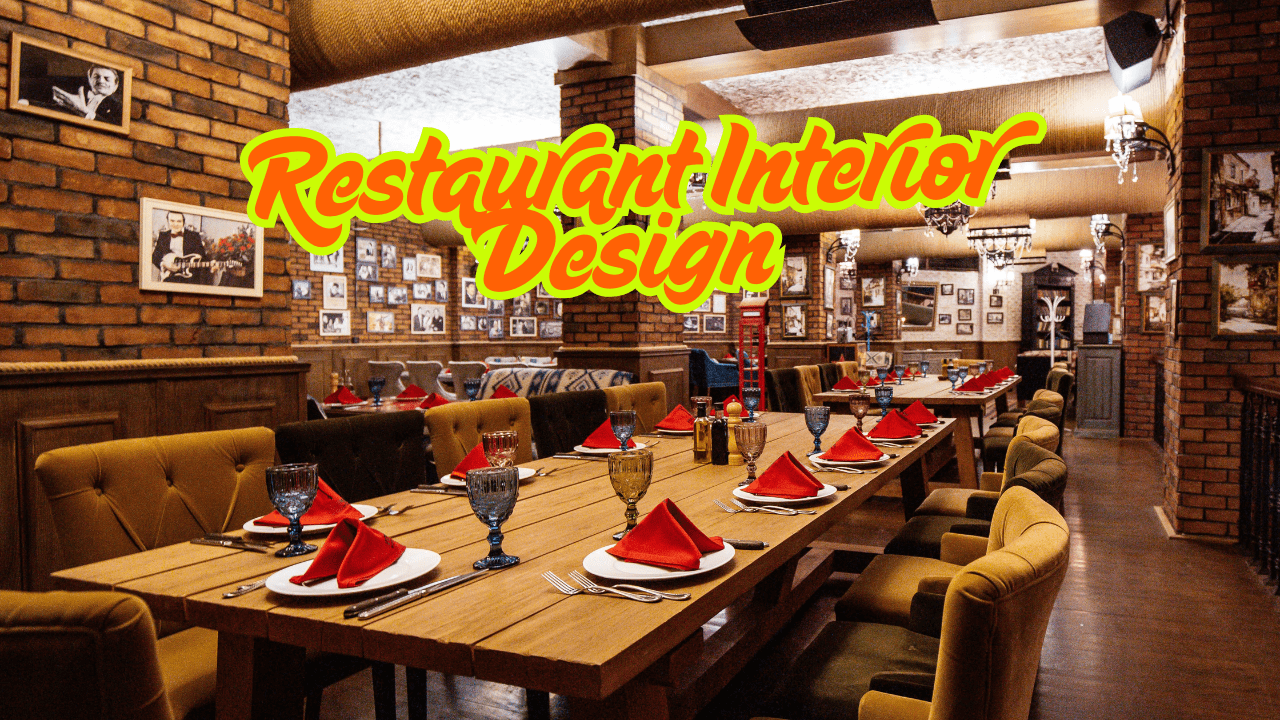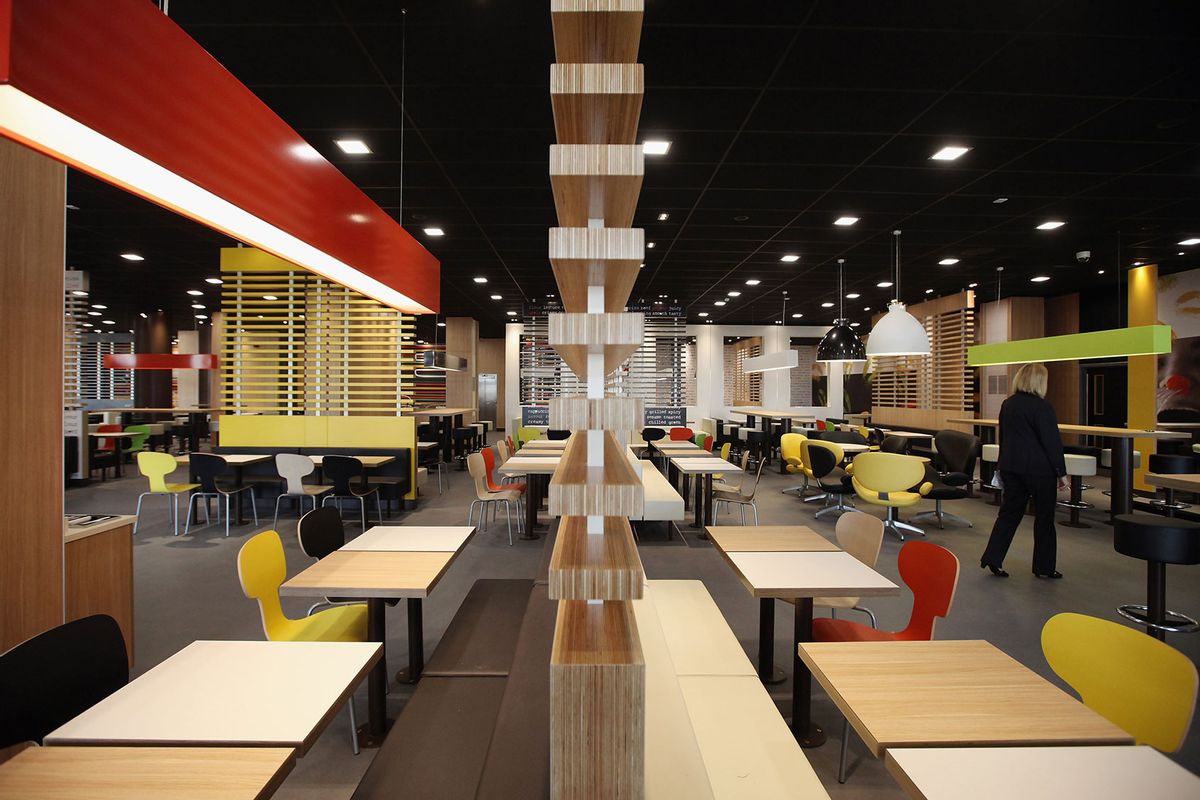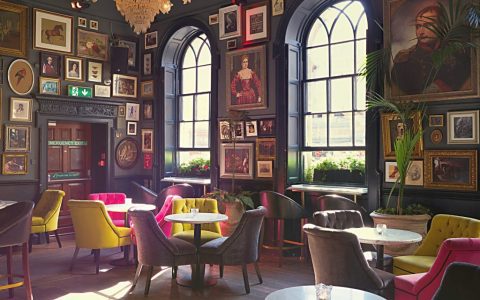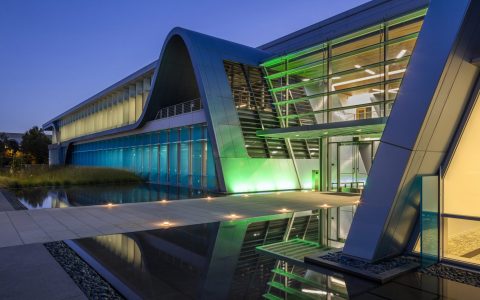Effective interior design for fast food restaurants prioritizes efficiency, customer throughput, and brand reinforcement. The goal is to create a space that is both functional for rapid service and appealing to customers for a quick, pleasant experience.
Layout and Traffic Flow
A well-planned layout is fundamental to operational success in a fast food environment. Key considerations include:
- Clear Pathways: Designate obvious routes for entry, ordering, pick-up, and exit to prevent congestion and confusion.
- Optimized Queuing Space: Ensure sufficient, well-organized space for customer lines, whether utilizing single or multiple queues. Guide customers naturally towards order points.
- Strategic Service Counter Design: The counter area should be highly visible and accessible. Consider separate zones for ordering, payment, and collection to streamline service.
- Efficient Work Triangle: The kitchen layout and its connection to the service counter must support speed and minimize staff movement.
Seating Solutions
Seating in fast food establishments must balance comfort, durability, and space maximization to accommodate high turnover.

- Variety of Options: Offer a mix of seating like small tables for individuals or pairs, larger tables for groups, bar-style counters, and booths where space allows.
- Space Efficiency: Choose furniture that is compact and can be arranged to maximize seating capacity without overcrowding.
- Durability and Cleanliness: Materials for seating must withstand heavy use and be easy to clean quickly (e.g., laminate, vinyl, molded plastic).
Material Selection
Materials should be chosen for their durability, ease of maintenance, hygiene, and cost-effectiveness, reflecting the high-traffic nature of the business.
- Flooring: Non-slip, robust, and easily cleaned materials like commercial-grade vinyl, polished concrete, or ceramic tiles are ideal.
- Wall Surfaces: Opt for materials resistant to grease, scuffs, and frequent cleaning. Options include FRP (Fiber-Reinforced Panels), stainless steel in food preparation and service areas, or durable, washable paints.
- Countertops: Materials like quartz, solid surfaces, or stainless steel provide durability, are non-porous, and easy to sanitize.
Lighting Strategy
Lighting significantly impacts the ambiance, visibility, and perceived cleanliness of a fast food restaurant.
- Bright General Lighting: Creates an energetic and clean atmosphere. LED lighting is preferred for its energy efficiency and versatility.
- Task Lighting: Essential over order counters, menu boards, and food display areas to ensure clarity and highlight products.
- Accent Lighting: Can be used to draw attention to branding elements, artwork, or architectural details.
Branding and Visual Identity
The interior design is a powerful tool for communicating brand identity and creating a memorable customer experience.
- Color Palette: Consistently apply brand colors. Often, appetite-stimulating colors (e.g., reds, oranges, yellows) are used, balanced with neutrals for a clean look.
- Graphics and Signage: Clear, legible, and strategically placed menu boards (digital or static), promotional materials, and logos are critical. Ensure they are easily updated.
- Decor Elements: Any decor, such as murals, photography, or themed items, should align with the brand’s image and target demographic, while avoiding clutter.
Technology Integration
Modern fast food design increasingly incorporates technology to enhance efficiency and customer convenience.
- Self-Service Kiosks: Positioned to manage traffic flow, these can reduce wait times at counters and improve order accuracy.
- Digital Menu Boards: Offer flexibility for easy updates, dynamic promotions, and engaging visuals.
- Mobile Order Pick-up Zones: Designated areas for customers collecting pre-ordered meals contribute to smoother operations.
In summary, successful fast food interior design supports rapid service, ensures customer comfort for short stays, maintains high standards of cleanliness, and strongly projects the brand’s identity. Every element should contribute to an efficient, positive, and recognizable customer journey.








